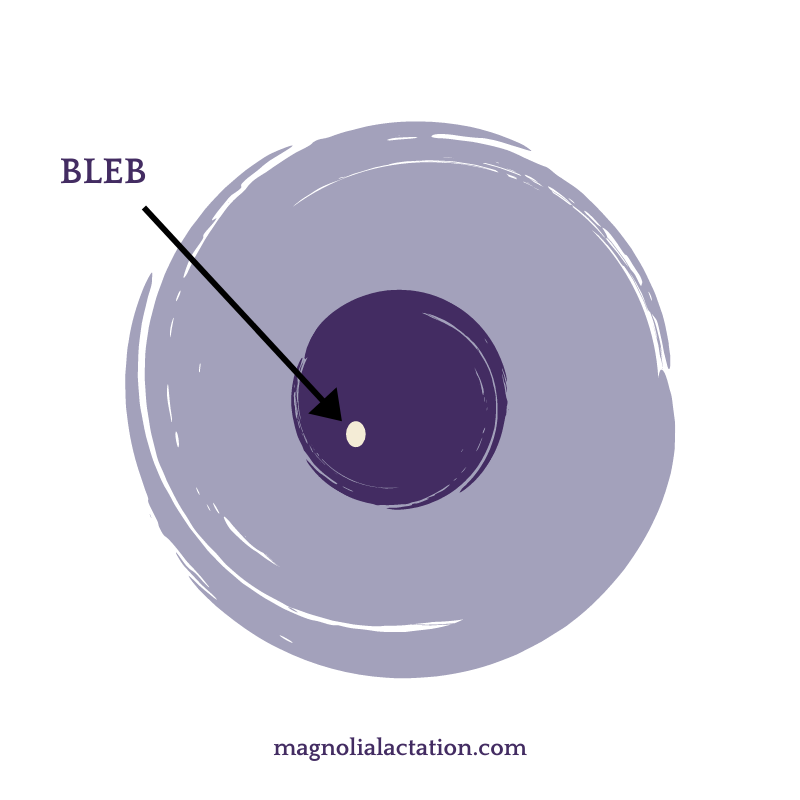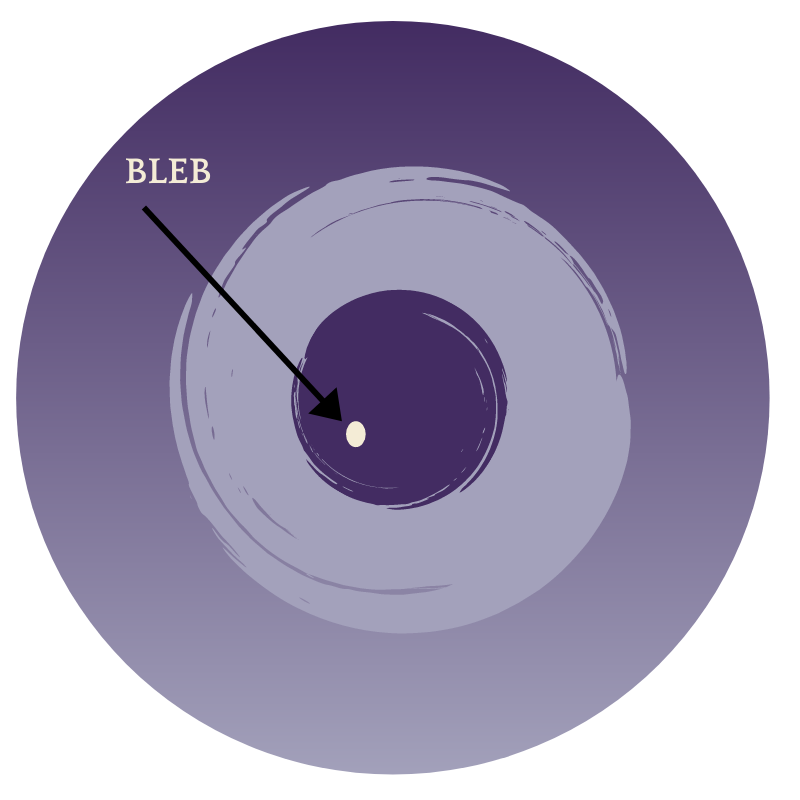Engorgement
What it is? This is what happens when your breasts are full and firm. It’s uncomfortable for sure and you may have difficulty getting baby latched on. It frequently happens in the early days as your milk transitions, or when you’ve gone too long between pumping or feeding. Part of it is fullness from the volume of milk within the breasts, and part of it is inflammation of the breast tissue. Sometimes the breasts will feel lumpy in some spots.

What can you do? Start by removing milk to relief. Because the breasts are never truly empty, we’ll avoid the use of that term. Instead, think “well drained.” If baby is unable to latch due to the fullness, then pump or hand express. Feed baby until content. If still feeling full, pump or hand express until the breasts are softer. Ice packs after draining the breasts can help to calm the residual inflammation. Use GENTLE massage moving from the nipple to the armpit and collarbone. Avoid deep massage, using your knuckles or fingertips. Instead, use the flat of your hand over your skin, adding some olive oil can help your hands to glide more smoothly.
Plugged Duct, Blocked Duct
What is it? A blocked duct closer to the surface of the breast can be felt as a lump. Often it is tender. We used to think the milk flow was blocked by a thick plug of milk and needed to be pulled/sucked out. This is because the most common bacteria that causes mastitis can also cause the milk to clump/coagulate. (If you see thick strings in your milk, this can be an early sign of mastitis!) What more commonly is happening is inflammation in the breast tissue. The inflamed tissue then pushes in on the milk ducts, causing them to be more narrow.
What can you do? Apply a cool compress. Massage the area gently, especially between the lump and the nipple. Have an electric toothbrush or something else that vibrates? Apply the base of the toothbrush to the plugged duct to help it to clear. Then keep the milk moving regularly, making sure the breasts are well-drained. It’s important not to overstimulate the breasts as this can cause more inflammation. 8-10 times in a 24 hour period is a good goal for milk removal.
Blebs
What is it? A nipple bleb is sometimes called a nipple blister or blocked nipple pore. It appears like a small white speck on the surface of the nipple. Sometimes it can be tender, sometimes it is only known by looking at the nipple.

What can you do? Use a wet baby washcloth to gently exfoliate the nipple, just enough to remove any dead skin – we aren’t trying to rub away the bleb or cause nipple damage. Help to continue to soften the skin by dipping a cotton ball in olive oil and placing it against the bleb between feedings.
Nipple blebs can be small bits of calcified milk or strings of fat moving through the nipple pore. They can also be an inflammatory response to nipple trauma. Recurring blebs can be a sign that the latch isn’t quite right.
Warning Signs
Reach out to your IBCLC if you’re experiencing engorgement, plugged ducts, or nipple blebs more than occasionally. If you’re having a fever and/or feeling flu-ish/run down, give your trusted healthcare provider a call.
Amanda is an RN, IBCLC (lactation consultant) who helps breastfeeding families through classes and home visits in the greater Baton Rouge, La area. Secure virtual visits are available for breastfeeding support no matter the location.
All information on this website is intended for educational purposes only and should not be construed as medical advice. Magnolia Lactation Consulting encourages all families to have close communication with the medical providers of their choice.
Share the love
